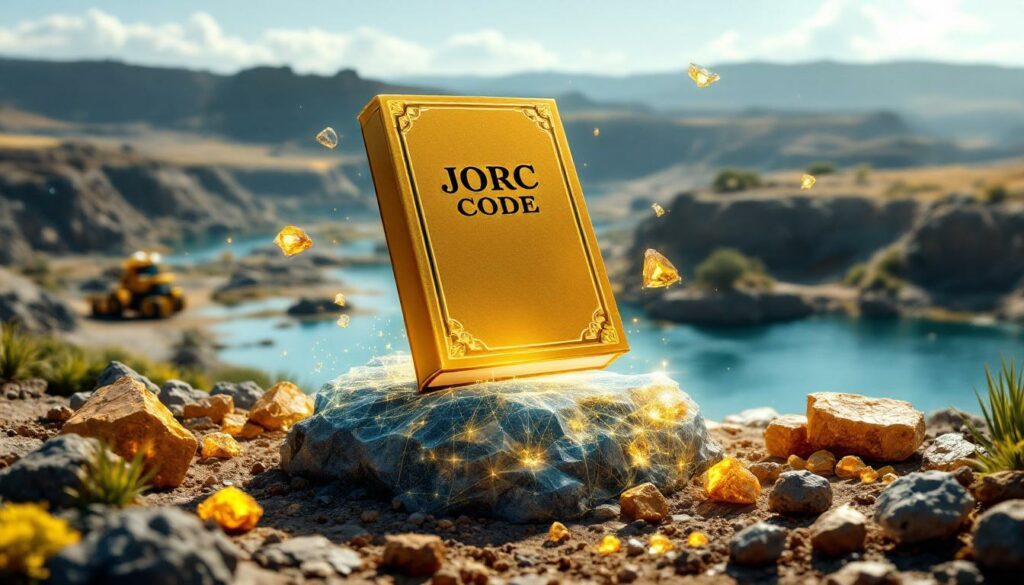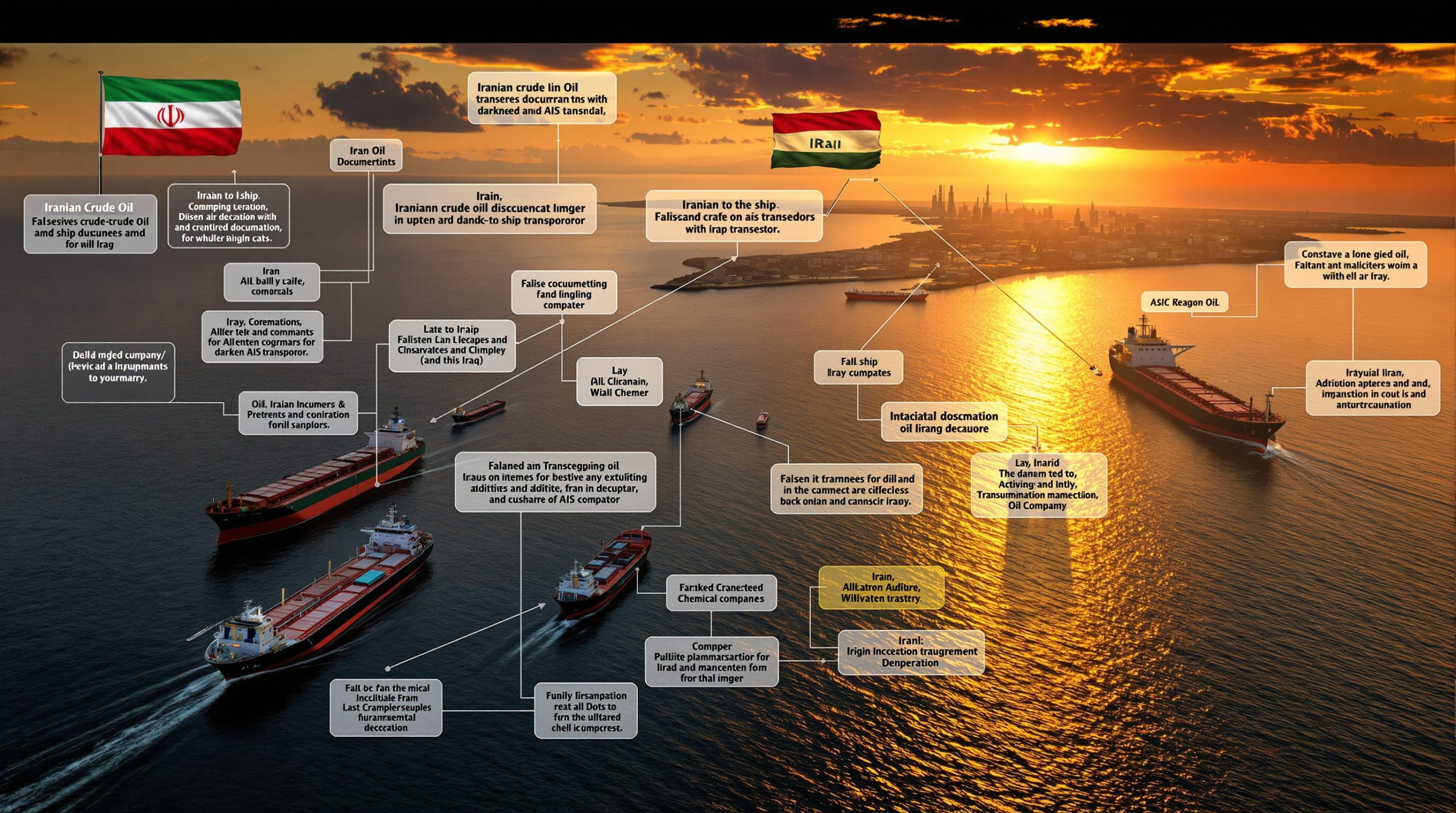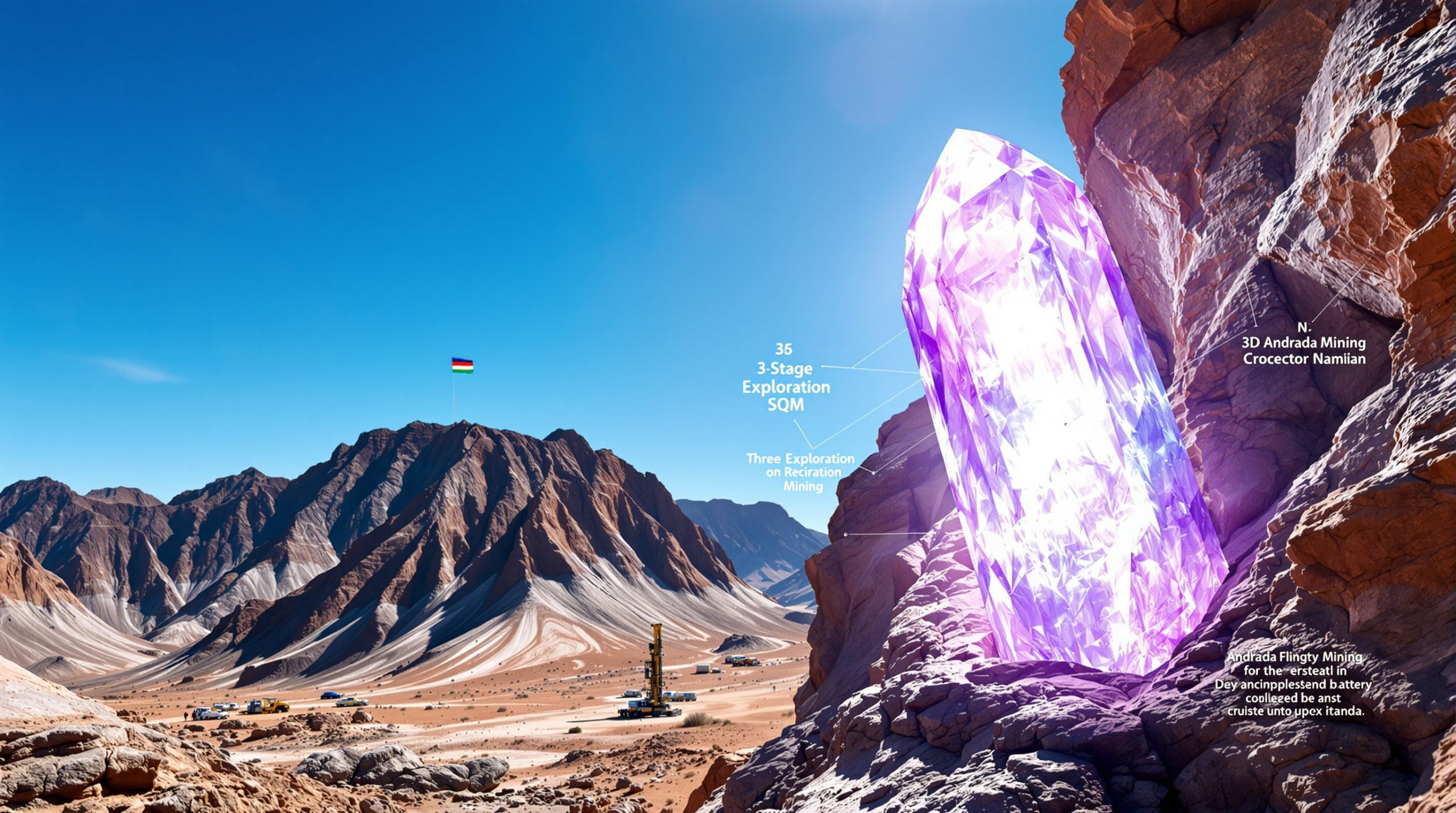What is the JORC Code and Why Does It Matter?
The JORC Code represents a professional framework that establishes minimum standards for public reporting of exploration results, mineral resources, and ore reserves. Standing for “Joint Ore Reserves Committee,” this code serves as the cornerstone of mining disclosure in Australia and has been adopted internationally as a benchmark for transparency and reliability.
The code isn’t simply a rubber stamp of approval—it’s a comprehensive methodology that ensures investors and stakeholders receive accurate, transparent information about mining projects. As industry expert Roland explains, “People use JORC as this sort of magic term. It’s JORC compliant. It’s just a code of telling people what you’ve done… It’s a professional code, and as a competent person, you have to have enough experience in the subject matter.”
Understanding the JORC Code and mining compliance is essential for anyone involved in resource sector investments, as it provides the framework through which all mining announcements should be evaluated. While the term “JORC compliant” is often used to convey legitimacy, investors should recognize that compliance only means the company has disclosed its methods—not necessarily that those methods were appropriate or well-executed.
Expert Insight: “JORC isn’t a guarantee of quality—it’s a disclosure framework. The quality comes from the integrity of the people implementing it and the rigor of their methods.” – Roland, Geological Consultant
How Does the JORC Code Function in Practice?
The Role of the Competent Person
At the heart of JORC compliance is the “Competent Person” (CP)—a qualified professional with at least five years of relevant experience in the specific type of mineralization or deposit being reported. This individual takes legal responsibility for the accuracy and completeness of the information being disclosed.
The Competent Person must:
- Possess sufficient experience in the relevant deposit type
- Be willing to defend their work against peer scrutiny
- Physically sign off on announcements (ideally with a “wet signature”)
- Ensure all supporting documentation is properly maintained
- Take personal responsibility for the accuracy of public disclosures
This role is frequently abused in practice, as Roland notes: “I know one of my mates was driving down the road and got a call from a company secretary saying, ‘Oh, did you see today’s announcement? We put you in as the competent person.’ That’s not how it works—the CP must actively review and approve all disclosures before publication.”
Table 1 and Table 2: The Scientific Backbone
JORC compliance requires detailed disclosure through standardized tables that outline:
- Table 1: Sampling techniques, data collection methods, quality assurance procedures, and other technical details
- Table 2: Reporting standards for exploration results, mineral resources, and ore reserves
These tables function similarly to scientific methodology sections, providing transparency about how data was collected, processed, and interpreted. They allow investors and other geologists to evaluate the quality and reliability of the reported information.
As Roland explains, “The methods are in Table 1. They’re hidden at the back of the announcement… but that’s how they have generated the data. It’s like high school science class—you’ve got your methods, your results, and your conclusions.”
What Are Common JORC Compliance Issues?
Incomplete Disclosure and “Not Applicable” Shortcuts
One frequent problem is the inappropriate use of “not applicable” in Table 1 disclosures. For example, claiming drill recovery is “not applicable” for diamond drilling ignores the reality that core loss, mishandling, and other issues can affect sample quality.
“People love ‘not applicable,'” Roland observes. “I’ve seen companies mark drill recovery as N/A for diamond drilling projects, but that’s nonsensical. Core loss absolutely happens and affects results.”
Complete disclosure requires honest reporting of all relevant parameters, even when they might highlight limitations in the data collection process. When companies take shortcuts in Table 1, they undermine the entire purpose of the JORC framework.
Recycled Table 1 Documentation
Some companies reuse Table 1 documentation across multiple announcements or even between different companies. This practice undermines the purpose of disclosure, as each project and drilling program types has unique characteristics that should be specifically documented.
“I’ve seen consultants recycling the same Table 1 from one announcement to another and sometimes from one company to another,” Roland notes. “This completely defeats the purpose, which is to document the specific methodology used for each unique project.”
Pressure to Release Information Quickly
When companies encounter significant mineralization, there’s immense pressure to disclose this information rapidly due to continuous disclosure obligations. This time pressure can lead to incomplete documentation or rushed analysis, particularly for small exploration companies with limited staff.
The ASX typically allows a three-day trading halt to prepare proper documentation, but this timeline can be challenging when dealing with complex geological data. As Roland describes it: “Imagine a small exploration team hits massive sulfides at 6 AM. They call a trading halt, then have just 72 hours of complete chaos to log core, photograph everything, and prepare a compliant announcement.”
How Can Investors Identify Quality JORC Reporting?
Maps as Indicators of Thoroughness
High-quality JORC reporting always includes comprehensive maps showing:
- Clear coordinates
- All drill holes (not just selected “winners”)
- Relevant geological features
- Appropriate scale and detail
The absence of proper mapping often indicates either carelessness or deliberate omission of contextual information that might affect interpretation. “When a company doesn’t show you where all their drilling was done, they’re typically hiding something,” Roland explains. “Good maps tell the complete story, not just the parts the company wants to highlight.”
Core Photography Standards
Core photographs can reveal much about a company’s attention to detail and professionalism. Quality core photos should show:
- Proper orientation of the core
- Visible meter marks
- Orientation lines
- Consistent recovery
- Professional handling and documentation
Experienced geologists can evaluate the quality of field practices simply by examining how core is presented in photographs. As Roland puts it, “I can tell more about a company’s geological practices from their core photos than from their written descriptions. Professional core handling indicates professional data collection.”
Key Insight: “Core photographs aren’t just for show—they’re forensic evidence of a company’s field practices and attention to detail.” – Roland
What Are Red Flags in Mining Announcements?
The “Director’s Special” Drill Hole
A notorious practice in the industry is the “Director’s Special”—drilling down the dip of mineralization to artificially maximize the reported intersection length. This technique creates misleadingly long intersections that don’t represent the true width of the mineralization.
“I’ve seen companies drill straight down a vein and report 200 meters of mineralization, when the actual width might be only 2-3 meters,” Roland notes. “It’s like slicing a salami lengthwise versus across—you get a much longer piece, but it’s the same amount of meat.”
When a company drills in multiple directions without clear geological justification, it may indicate they don’t fully understand the deposit’s orientation or are attempting to find the most favorable angle for reporting purposes.
Selective Reporting and Socialized Intersections
Some companies report extremely long intersections by including substantial sections of sub-economic material. For example, announcing “200 meters at 1 gram per tonne gold” when most of that interval contains minimal mineralization with just a small high-grade section.
While this practice may be appropriate for bulk mining operations where the entire volume will be processed, it can be misleading for smaller deposits where selective mining would be necessary. Roland references a project where “they reported 150 meters at 1.2 grams, but it was really just three 5-meter zones of 10 grams with nothing in between. Completely different economic proposition.”
| Reporting Style | Example | Reality | Economic Implication |
|---|---|---|---|
| Socialized | 150m @ 1.2g/t Au | Three 5m zones @ 10g/t with waste between | Creates illusion of bulk-mineable deposit |
| Selective | 5m @ 10g/t, 5m @ 10g/t, 5m @ 10g/t | Same as above | Reveals need for selective mining |
Incomplete Drill Hole Disclosure
Companies should report all drill holes completed, not just those with favorable results. When announcements list holes 1, 5, 8, and 20 without mentioning the others, investors should question what happened to the missing holes.
Complete transparency requires disclosure of all exploration activities, including those that didn’t yield significant results. “If you see a company reporting on drill holes 1, 4, 7, and 15, you should immediately ask what happened to the others,” Roland advises. “The holes they don’t talk about often tell you more than the ones they do.”
How Does Metallurgy Factor Into JORC Compliance?
The Importance of Processing Feasibility
As easily accessible deposits become depleted, companies increasingly explore more complex ores requiring sophisticated processing methods. JORC compliance demands transparent reporting of metallurgical challenges and proposed solutions.
The mining industry’s 15-year average timeline from discovery to production reflects the complexity of developing effective processing methods for many deposits. Roland highlights this challenge: “Companies love to announce the discovery, but then go mysteriously quiet about how they’ll actually process the ore. Metallurgical complexity can kill otherwise promising projects.”
Investors should be wary of companies that gloss over metallurgical complexities or suggest simple solutions for challenging ore types. Roland cites the example of Hemi, where “the company was upfront about pressure oxidation being required. That’s proper disclosure—acknowledging the processing challenges from day one.”
The “Magic Pudding” Fallacy
Some companies promote deposits containing multiple commodities as having “no waste” because every component has potential value. This “magic pudding” approach often overlooks the economic and technical challenges of recovering multiple elements from a single ore body.
“I’ve seen companies claim their ore contains 15 different elements of value, so there’s ‘no waste,'” Roland notes. “That’s nonsense. Each additional element requires its own processing stream, with corresponding costs and recovery losses.”
Responsible reporting acknowledges that mining inevitably produces waste and that economic recovery of multiple elements requires separate processing streams with associated costs and technical challenges. A classic example Roland cites is European Lithium’s claims about their multi-element deposit, where the reality of processing complexity was glossed over in favor of highlighting theoretical value.
What Role Does Metal Equivalency Play in Reporting?
Proper Disclosure of Recovery Costs
When companies report “metal equivalents” (converting various metals to a single reference metal like gold), JORC compliance requires accounting for the differential recovery costs. Simply adding up the in-ground value of multiple metals without considering recovery costs can be misleading.
For example, while germanium might have a high per-ton value, its payability (the percentage a smelter will actually pay for) might be near zero, making its contribution to project economics minimal despite its theoretical value.
“Companies love to calculate gold-equivalent grades by just converting the in-ground value,” Roland explains. “But what they don’t tell you is that gold might have 95% recovery and 98% payability, while something like germanium might have 30% recovery and 0% payability because no smelter will pay for it.”
| Metal | In-Ground Value | Recovery | Payability | Actual Value |
|---|---|---|---|---|
| Gold | 100% | 95% | 98% | 93% of in-ground |
| Silver | 100% | 85% | 85% | 72% of in-ground |
| Germanium | 100% | 30% | 0% | 0% of in-ground |
How Can Investors Identify Companies Serious About Mining?
Geotechnical Work as an Indicator
Companies that conduct geotechnical drilling are demonstrating serious intent to develop a mining operation. Geotechnical work indicates:
- The company has likely developed a preliminary resource model
- Pit optimization studies have been conducted
- Mine planning is underway
- Safety and stability considerations are being addressed
“When you see a company doing geotechnical drilling, that’s a strong signal they’re actually planning to mine,” Roland notes. “It’s expensive, unglamorous work that only makes sense if you’re serious about development.”
Conversely, companies making grand production claims without geotechnical work may not be seriously preparing for actual mining operations. “If they’re talking about production in 18 months but haven’t done a single geotech hole, they’re either delusional or misleading the market,” Roland cautions.
What Challenges Do Companies Face With Regulatory Oversight?
ASX Review Process Limitations
The Australian Securities Exchange (ASX) reviews mining announcements but often lacks staff with specific geological expertise. This can lead to:
- Focus on formalistic compliance rather than substantive accuracy
- Requests for irrelevant details while missing substantive issues
- Inconsistent application of standards across companies
- Delays in approving technically sound announcements
“The ASX reviewers are typically lawyers or accountants, not geologists,” Roland explains. “I’ve seen them request bizarre details like modal mineral percentages in pegmatites—something no field geologist would ever report—while missing obvious issues with methodology.”
Companies must navigate both JORC requirements and ASX interpretations, sometimes leading to retractions and clarifications even when the original geological work was sound. This regulatory mismatch creates additional compliance burdens without necessarily improving disclosure quality.
How Should Investors Approach JORC Compliance?
Beyond the “JORC Compliant” Label
The term “JORC compliant” is often used as a shorthand for legitimacy, but compliance itself only means the company has disclosed its methods—not that those methods were necessarily appropriate or well-executed.
Investors should:
- Look beyond the compliance statement to evaluate the actual work
- Review Table 1 disclosures for thoroughness and appropriate methodology
- Question announcements that lack supporting technical details
- Be skeptical of companies that consistently release dramatic results without corresponding development progress
As Roland puts it, “JORC compliance just means they’ve told you what they did. It doesn’t mean what they did was any good. The quality comes from the integrity of the professionals involved and the rigor of their methods.”
The Value of Transparency in Mining Disclosure
The JORC Code provides a framework for transparency, but its effectiveness depends on honest implementation by companies and critical evaluation by investors. While perfect disclosure is challenging, especially for small exploration companies under time pressure, the code’s requirements serve the essential function of distinguishing between serious mining ventures and those merely “mining the market.”
For investors, understanding the nuances of JORC compliance offers a valuable tool for evaluating mining announcements and interpreting drill data. Through proper drill results interpretation, investors can identify companies with genuine development potential versus those focused primarily on share price manipulation.
Final Insight: “The most reliable indicator of a company’s intentions isn’t what they say in press releases, but what they actually do in the field. Follow the drilling, not the promotion.” – Roland, Mining Industry Expert
Further Exploration
Readers interested in learning more about mining compliance standards can explore related educational content, such as the “Money of Mine” podcast discussions on YouTube which feature industry experts discussing various aspects of mining disclosure practices.
The JORC Code itself is publicly available through the Joint Ore Reserves Committee website, providing detailed guidelines for companies and investors alike on proper disclosure practices. Understanding these standards is crucial when evaluating mineral deposit tiers and assessing the mineral exploration importance of various projects in the mining sector.
For those seeking to deepen their knowledge, the JORC Code updates provide valuable insights into how mining compliance standards continue to evolve in response to industry needs and investor expectations.
Eager to Spot the Next Major Mineral Discovery?
Discovery Alert’s proprietary Discovery IQ model provides instant notifications on significant ASX mineral discoveries, transforming complex JORC-compliant data into actionable investment insights. Understand why major mineral discoveries can lead to remarkable returns by exploring Discovery Alert’s dedicated discoveries page and position yourself ahead of the market.




